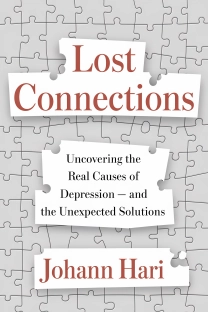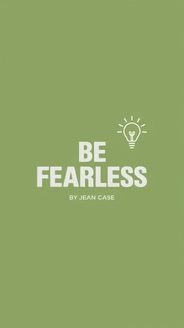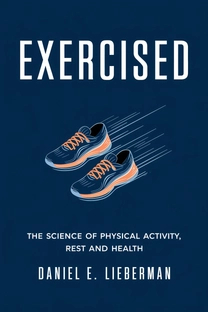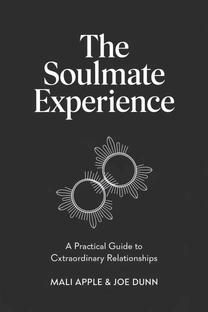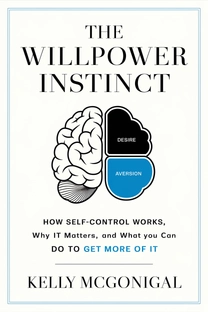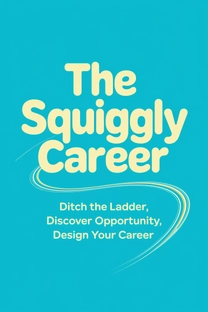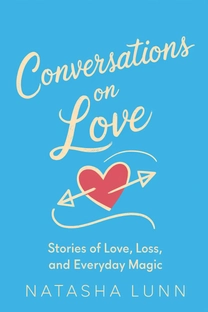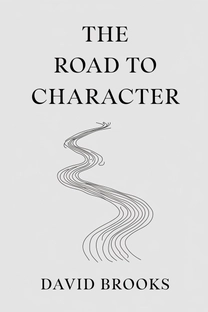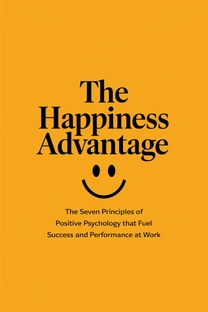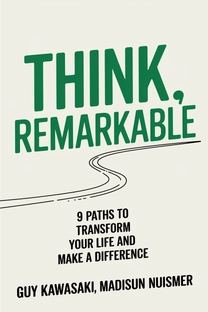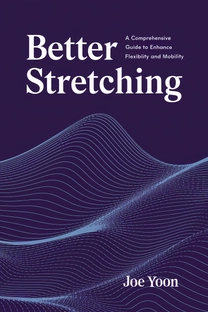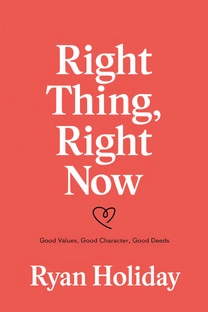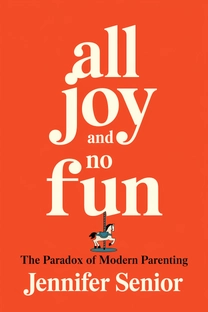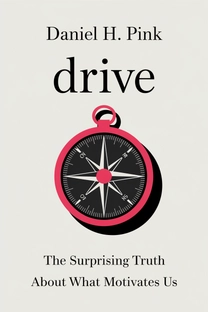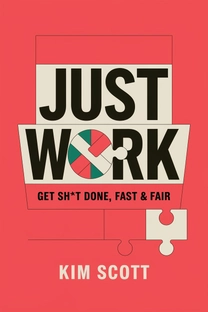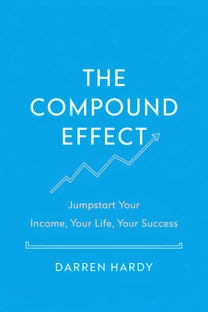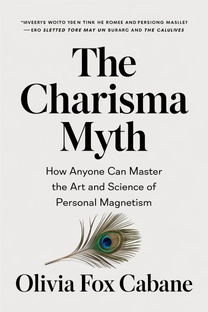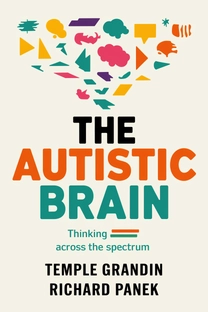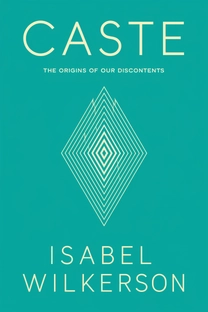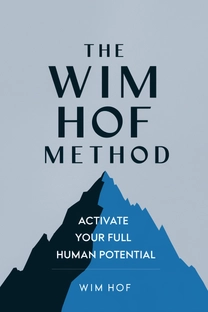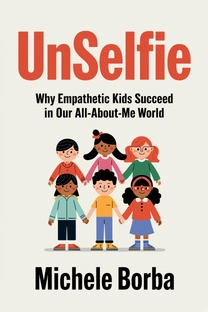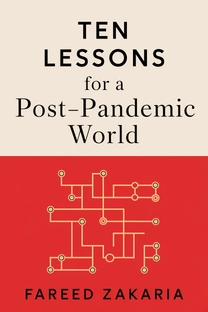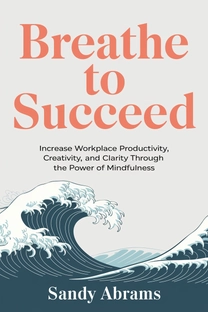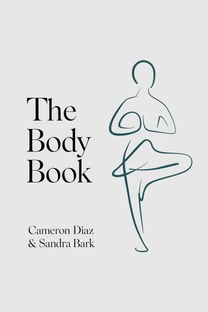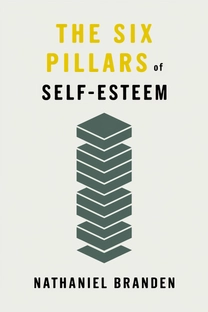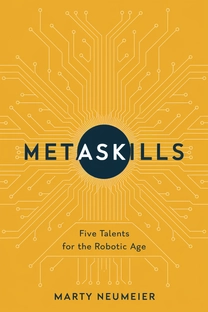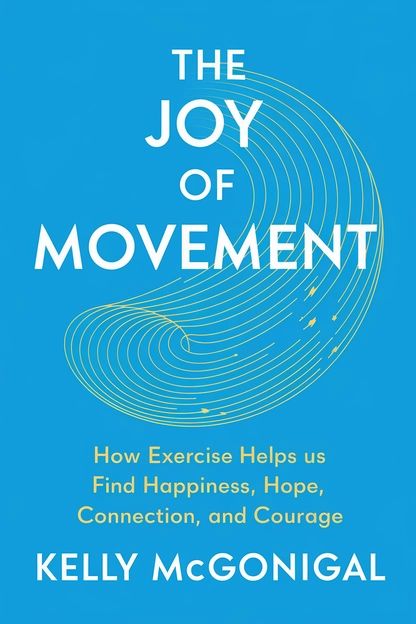
The Joy of Movement
How Exercise Helps Us Find Happiness, Hope, Connection, and Courage
by Kelly McGonigal, PhD
Brief overview
This book explores how movement can foster joy, boost resilience, and bring people closer together. It examines the powerful psychological, biological, and social benefits that come from exercise, showing how physical activity can help us find purpose and connection. By expanding on scientific research and real-life stories, it demonstrates why our bodies and minds are designed to thrive when we move.
Introduction
We are wired to move, yet modern life often discourages it. That can make us forget how essential movement is for our well-being, creativity, and sense of joy. Many people have discovered that physical activity — walking, running, dancing, or any active pursuit — unexpectedly lifts their spirits and inspires them to connect with others.
This first page sets the foundation: why explore the science of movement’s effects on the mind? The simple reason is that exercise doesn’t just balance our bodies; it also stabilizes our emotions, strengthens self-belief, and sustains hope. We’ll see how people from many backgrounds harness physical activity not just for fitness, but for community and meaning.
In the chapters ahead, we’ll look at fascinating research on evolutionary biology, group psychology, and neuroscience. We’ll also discover personal stories about how movement has helped people overcome setbacks, find deeper relationships, and reshape their outlook on life. This journey is an invitation to remember a truth: the body was meant to move, and in moving, we awaken powerful forces of well-being.
Let’s begin by examining one of the most intriguing phenomena related to exercise: the runner’s high. It’s a gateway to understanding the brain’s natural reward system, and why working hard physically can melt away stress, boost mood, and even make us feel more bonded to others.
The Runner’s High and Evolutionary Roots
A runner’s high is a state of lightness, euphoria, and relief that many people experience after moderate to strenuous activity. Interestingly, it’s not exclusive to running—endurance hikes, cycling, or even brisk walks can produce a similar effect. Scientists explain this by pointing to endocannabinoids, the brain’s ‘feel-good’ chemicals that surge during sustained movement.
Why would the human body reward us for pushing ourselves physically? According to evolutionary theory, early humans relied on running and traversing long distances to hunt and forage. Natural selection favored those who persisted, so the brain developed a reward system that encourages us to keep going. Today, that reward system helps us let go of tension and unlock a clear, less anxious mindset through timely exercise.
Crucially, moderate intensity is often the sweet spot. Jogging or hiking at a pace you can sustain for a while is most conducive to these endocannabinoid boosts. Go too easy and you won’t trigger it; go too hard and the body may perceive it as stress rather than a calming, mood-lifting practice.
This page highlights that being active is woven into our DNA. When we reclaim movement in our daily routines, our physiology awakens and provides a genuine sense of hope and energy — as if our bodies are reminding us, “Yes, this is what I was designed to do.”
What is The Joy of Movement about?
The Joy of Movement: How Exercise Helps Us Find Happiness, Hope, Connection, and Courage by Kelly McGonigal, PhD, illuminates the transformative power of physical movement. This enlightening book delves into the science behind how exercise ignites both our mind and body, elevating happiness and resilience. Anchored in evidence-based research and enriched with compelling narratives, it captivates readers by illustrating how movement can tune our bodies, sharpen mental acuity, and open pathways to connection.
In exploring the runner's high, McGonigal unravels the evolutionary benefits of exercise, underscoring its role in enhancing our mood and building social bonds. The book artfully exhibits how group activities foster collective joy, reinforcing the idea that shared experiences invigorate the human spirit. Examining various movement forms—whether nature walks or rhythmic dance—the narrative affirms that motion cultivates fortitude and boosts mental well-being. The Joy of Movement entices readers with the promise of a healthier, more profound connection with life through motion.
Through strengthening our understanding of movement's myriad benefits, McGonigal's work empowers readers to embrace exercise as a cornerstone of contentment and unity. This book is not just about physical activity, but about reawakening the innate human capacity for joy and courage in every step we undertake.
Review of The Joy of Movement
Kelly McGonigal's The Joy of Movement artfully addresses how the simple act of moving can recalibrate our sense of happiness and deepen human connections. Its robust strengths lie in a blend of scientific insights and narrative stories that illustrate how human potential thrives when in motion. The book eloquently ties in the psychological compassion derived from physical exertion with tangible social and mental rewards.
One of the book's profound facets is its exploration of the biological underpinning of the runner’s high. It shows how these feel-good endocannabinoids, induced by exercise, enhance social interaction and relieve stress. The concept of exercise as a collaboration tool—that by engaging in group celebrations of movement, individuals find themselves enveloped by collective joy and camaraderie—is particularly illuminating.
Written with clarity and an engaging tone, McGonigal ensures that the knowledge and tools she provides are accessible and inspiring for all readers, extending its grasp beyond fitness enthusiasts to people seeking mental solace. Whether it’s leveraging music as a motivational tool or exploring nature’s role in reinforcing mental calm, this book is a must-read for anyone seeking insight into the positive charge movement brings to life. By its conclusion, McGonigal deftly recommends incorporating even the simplest forms of movement into daily routines to foster joy and cultivate resilience.
With a clever fusion of research, intuitive understanding, and practical wisdom, The Joy of Movement offers a galvanizing testimony to the body-mind harmony fostered by regular physical activity. It's geared towards highlighting exercise as an act of self-care, holding relevance to varied readers from rigorous athletes to those embarking on their fitness journey.
Who should read The Joy of Movement?
- Health and wellness enthusiasts seeking to expand their understanding of exercise's psychological benefits.
- Individuals experiencing stress or anxiety who are looking for alternative methods of emotional regulation.
- Community organizers and fitness instructors interested in the science of how group activities bolster social cohesion.
- Anyone new to exercise, aiming to cultivate a sustainable and motivating fitness regimen.
- Mental health practitioners keen on integrating physical activity into therapeutic practices.
About the author
Book summaries like The Joy of Movement
Why readers love Mindleap
10-Minute Book Insights
Get the core ideas from the world's best books in just 10 minutes of reading or listening.
Curated For You
Discover your next favorite book with personalized recommendations based on your interests.
AI Book ExpertNew
Chat with our AI to help find the best book for you and your goals.
Reviews of MindLeap
Love how I can get the key ideas from books in just 15 minutes! Perfect for my busy schedule and helps me decide which books to read in full.
Alex R.
The summaries are incredibly well-written and the audio feature is perfect for my commute. Such a time-saver!
Jessica M.
Great app for personal growth. The insights are clear and actionable, and I love how they capture the essence of each book.
Chris P.
The app is beautifully designed and the summaries are top-notch. Definitely worth every penny!
Sarah K.


